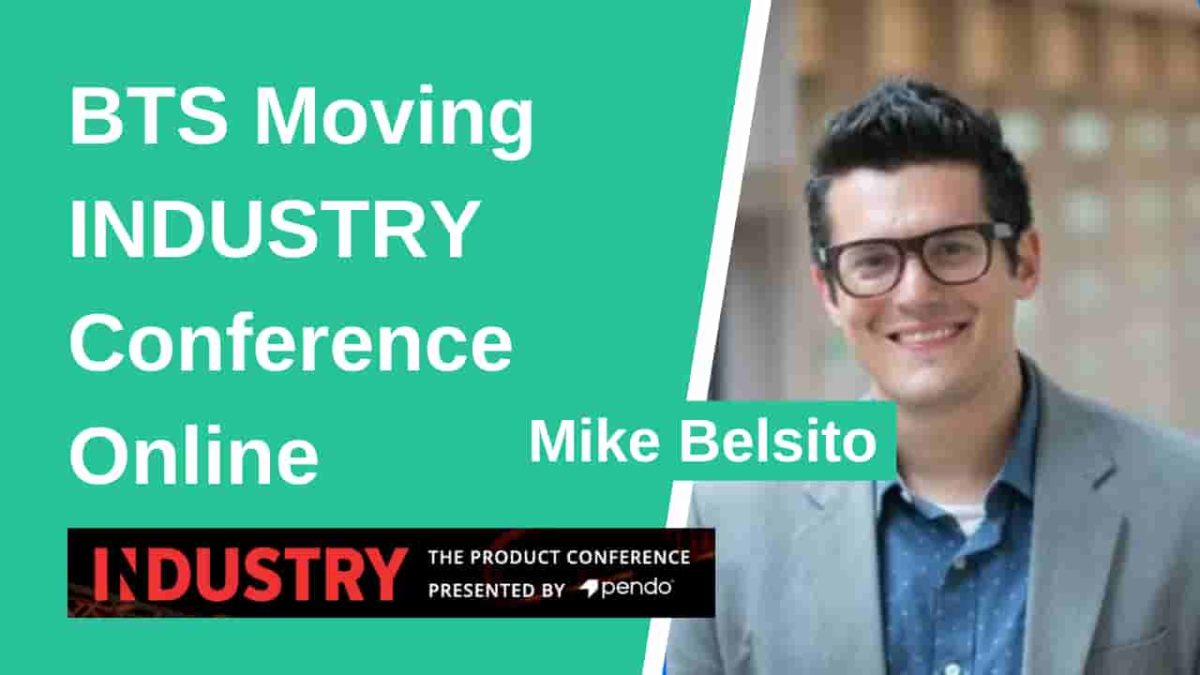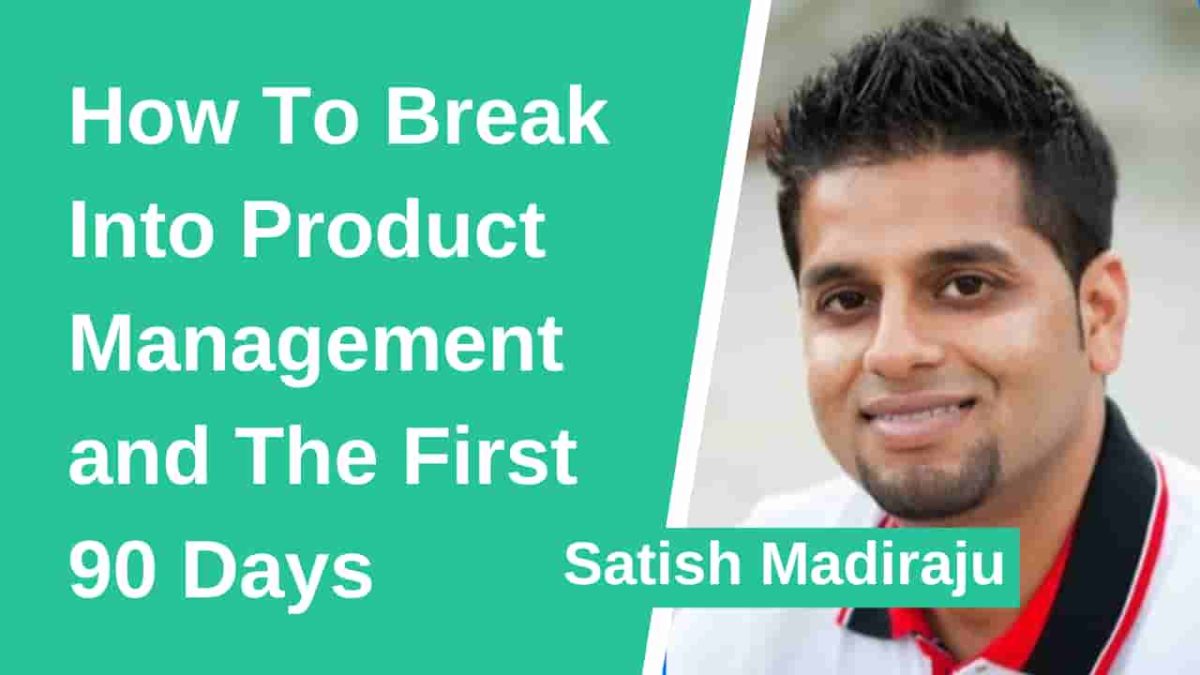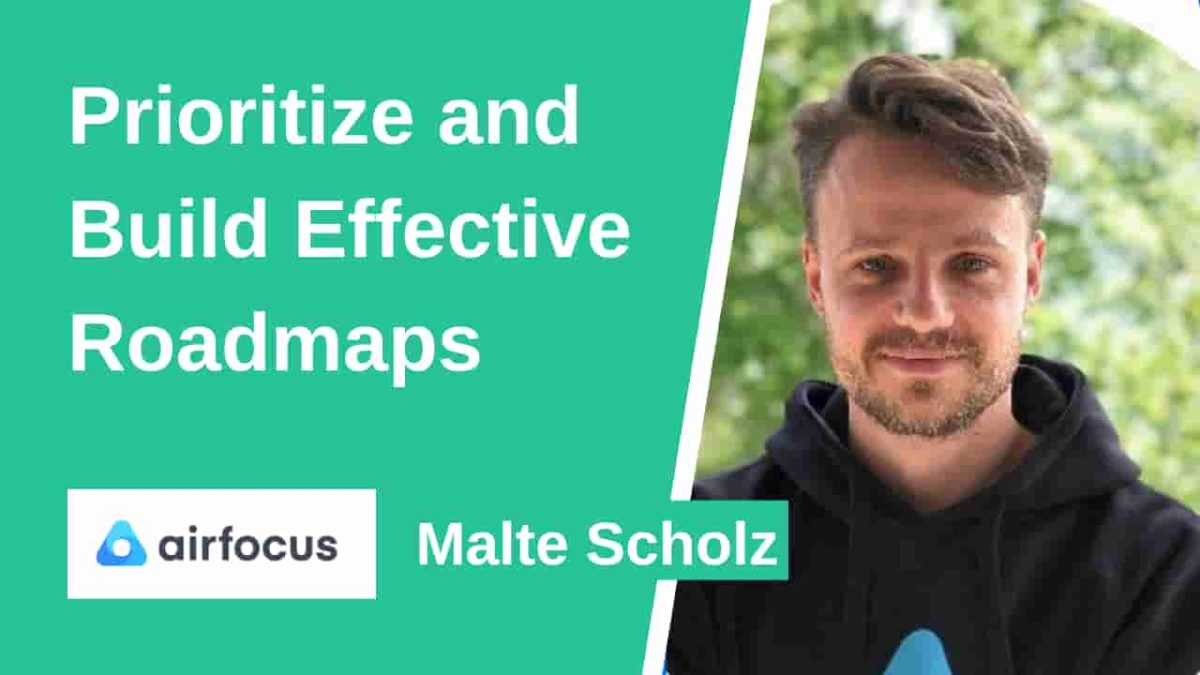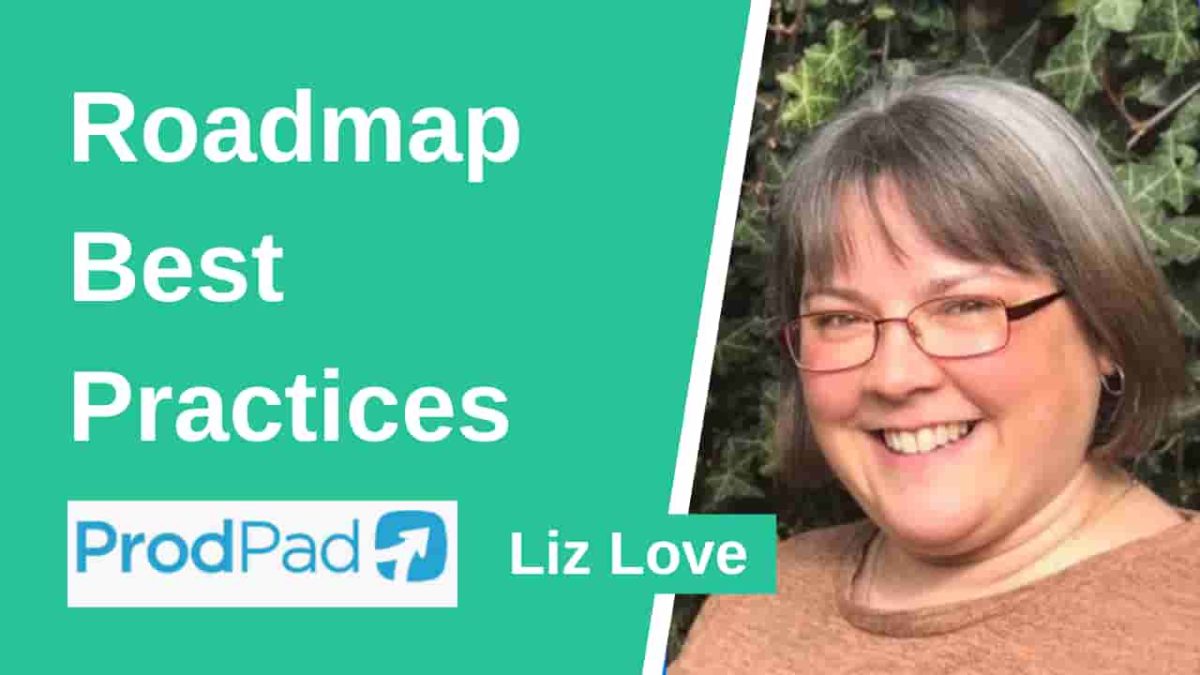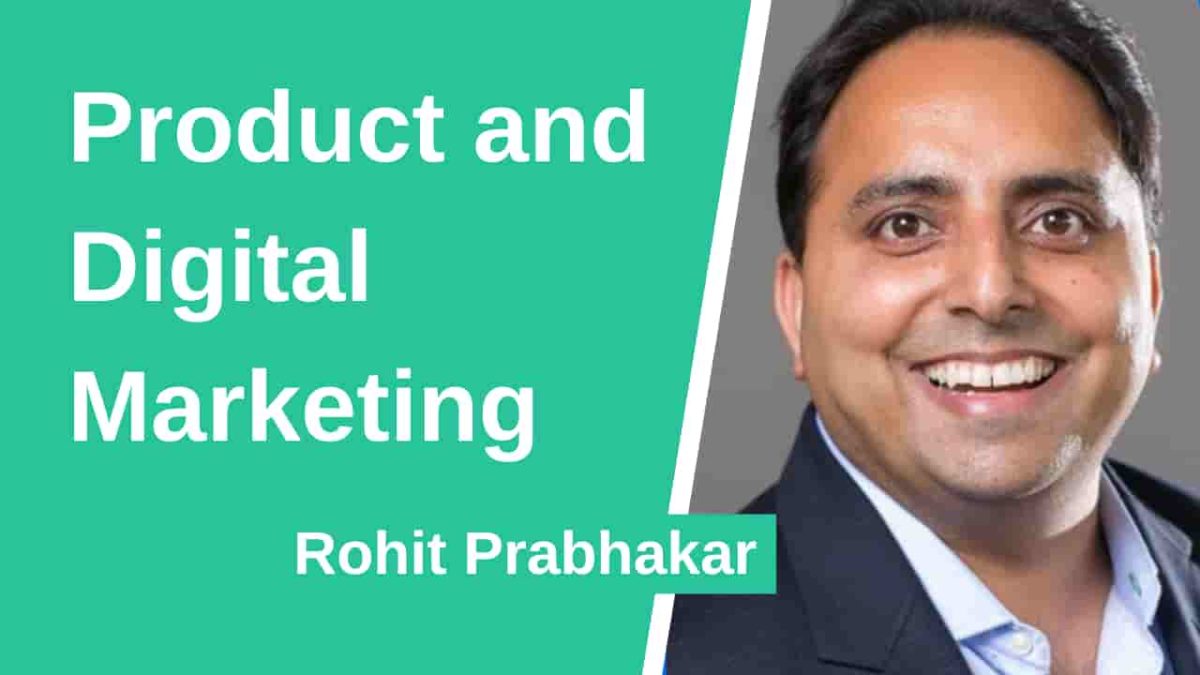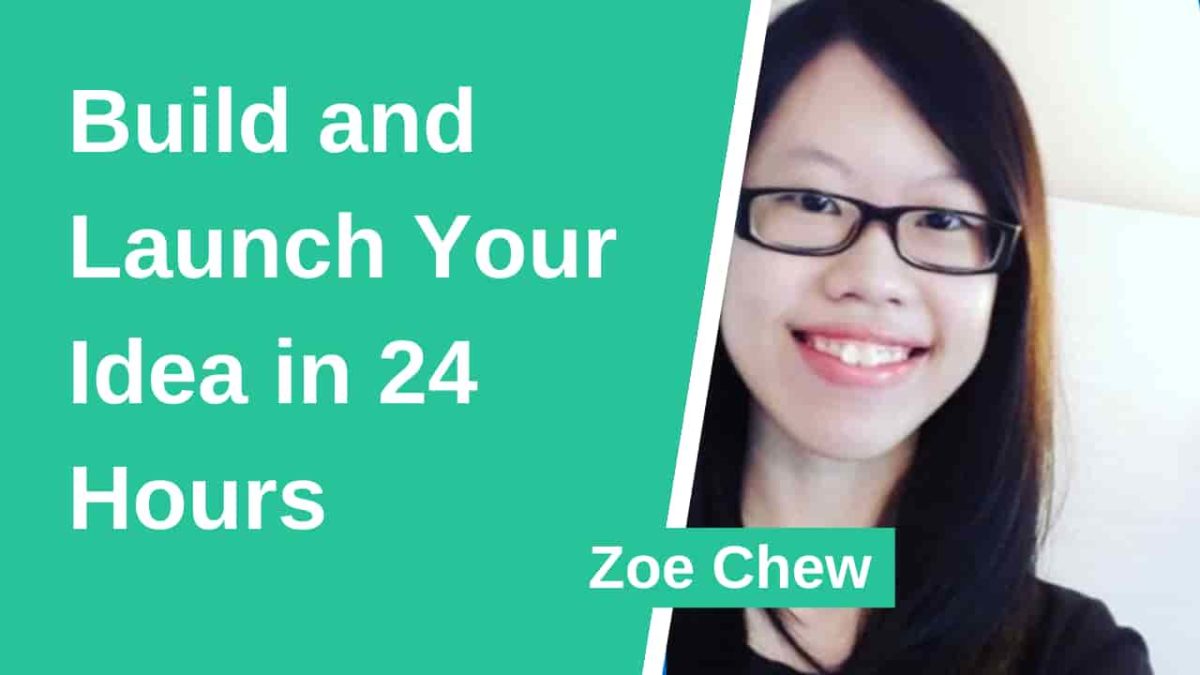In this episode of The Product Angle Show, we chat all things roadmaps and best practices with Liz Love of ProdPad.
By the end of the episode you’ll learn:
- What is a roadmap (purpose and goals)?
- What are some of the important inputs that go into a roadmap?
- Current trends with regards to roadmaps.
Watch the roadmap best practices episode
Roadmap best practices
What is a roadmap?
The roadmap is a way of sharing strategy with stakeholders/customers. It’s the what/why of your plans, rather than the when/how/who (which is project management). It’s a living document that is adapted over time to ensure your strategy is always aligned with how you’ll reach your vision and objectives.
What are some of the important things that go into a roadmap?
It’s really important to have a clear definition of the problems you’re solving, and why. It’s not about showing a list of features, it’s about saying who you’re planning to help, and why.
So what if you’re adding a new AI feature to your product.
Why are you doing it?
Who will it help?
What’s the point for your customers and also for your own business?
For Liz, knowing why you’re planning to make a change is the most important thing. It can fundamentally change what feature you decide to build. Liz has hit this situation in her PM past, where PM’s changed their approach to solving a problem when they learned more about it.
It was painful, PM’s threw away work we’d already done, but the resulting solution was MUCH better as a solution, and long-lasting too.
What trends are you seeing with regards to roadmaps?
Liz is seeing more people understand the comments made earlier. Liz started working for ProdPad nearly 3 years ago and spent a lot of time explaining what a good roadmap looks like. These days, while Liz still does that, she is usually preaching to the choir – people are more aware that a roadmap and a release plan are different things.
Liz is also seeing more people understand the value of linking the roadmap to goals, whether that’s OKRs or some variant.
In addition, Liz is starting to see other parts of the business realize that lean road mapping/planning is a good way to approach their work. It’s not just about building a product. It’s about productizing other functions like sales, customer success, or marketing.
What are your thoughts on roadmaps with dates on them?
Most people who know about the ProdPad way know that we highlight the dangers of roadmaps which include a timeline.
However, there’s a subtlety that isn’t always understood.
It’s less about having a date on a roadmap (which, let’s face it, is sometimes unavoidable – like when trying to meet a legal or regulatory requirement, or maybe a fixed commercial event like a conference or holiday season).
It’s more about including time in the structure of the roadmap format. As soon as there is a timeline on a roadmap, everything is naturally linked to that timeline. Using a now/next/later format (as we do in ProdPad) means the time horizons are looser and less restrictive.
It takes the focus off trying to guess the delivery of everything and instead allows you to focus on solving the right problems in the right order. Liz doesn’t see anything wrong with adding a date to an initiative that is time sensitive, but it has to be done in a way that doesn’t imply dates for all the other initiatives on the page.
What items should be on the roadmap?
Liz believes they should be phrased as a problem to solve or a hypothesis. For example “Can we increase engagement by adding a social aspect to our website?” or “Can we reduce support queries by providing more guidance?”.
These questions state the desired outcome (increased engagement, reduced support queries). It also states the suggested change in a way that doesn’t indicate a specific solution. They make it clear what problem is being solved and give the flexibility to experiment with the right solutions.
Having a roadmap that’s written in that way gives the product team the opportunity to explore, discover, and eventually arrive at a solution which gives the best outcome. You might want to phrase the initiative as a solution if you’re about to deliver it, as you’ve done the discovery and know what you’re doing – another reason to constantly adapt your roadmap as you discover more.
A product team working in that environment is more likely to create products that resonate with the market. Having an experimental mindset allows for the best possible outcomes to be reached, and reduces the risk of business failure.
What is ProdPad?
ProdPad is a product management tool that encourages a positive, lean product culture. It provides a way to define the business model, vision, and objectives associated with your products, collect feedback and ideas from stakeholders, customers, and the market and align the market needs with the business’ objectives. It’s very collaborative and encourages everyone in the company to get involved in defining the product direction. Being clear, it’s a tool that helps product teams with discovery and strategy and integrates with a bunch of other tools to enable delivery. Importantly, it covers the entire product lifecycle, not just project management.
In Closing – Roadmap best practices
Thank you, Liz, for sharing valuable information around roadmap best practices.
However, before we go thank you to the viewers for summing up the session nicely.
Learn from experts. Watch other episodes of The Product Angle Show
